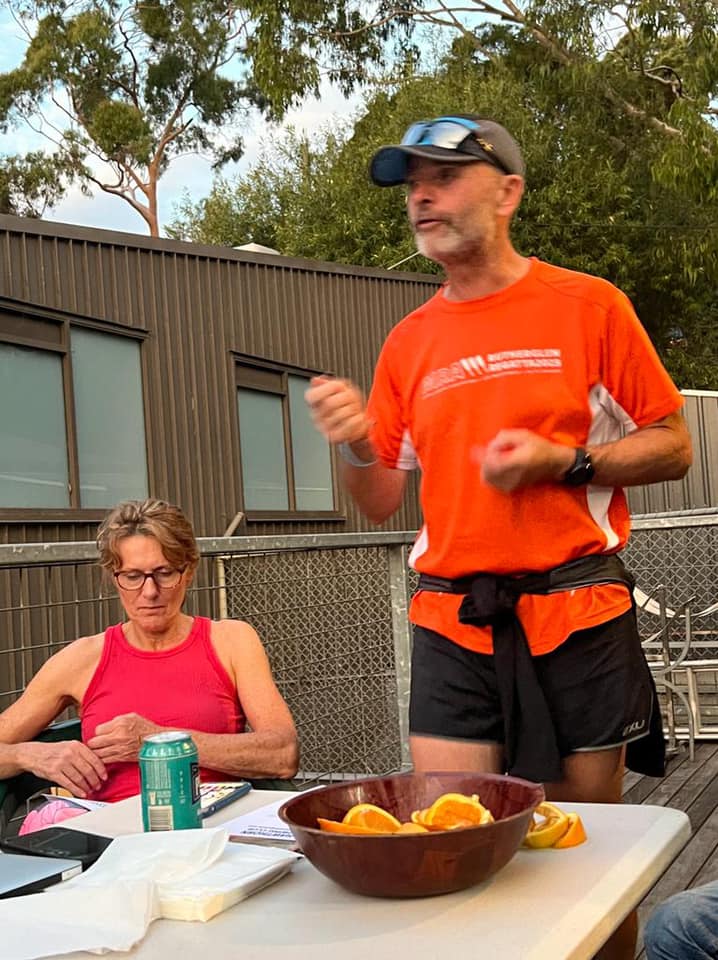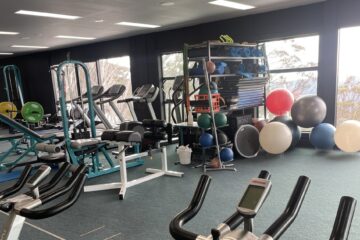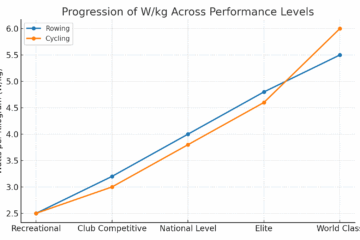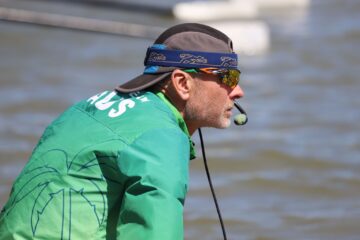While the sport of rowing dates back to ancient civilisations, the specialized role of the coxswain is a more recent development. As the dedicated crew member; the coxswain steers the boat, issues commands, and serves as an on-the-water coach, the coxswain has become an integral part of elite rowing. However, the responsibilities and very nature of this position have evolved significantly over the decades.

Early Coxswain Duties
In the early days of competitive rowing in the 19th century, the main task of the coxswain was quite simple – to literally steer and “cox” the boat using tiller ropes and rudder commands. The ideal coxswain was a small, lightweight individual to minimize extra weight in the boat. Strategic racing decisions were left to the crew’s stroke, who drove the rhythm and rate. The coxswain served more as a maritime pilot than a coach on the water.
Rise of the Cox’n as Tactical Leader
As rowing entered the 20th century and composite hull designs improved, the role expanded for coxswains to become strategic commanders. No longer preoccupied with heavy steering, coxswains used their experienced perspective to analyse racing conditions and implement intricate race plans. They tracked opposing crews, identified opportunities to push harder or reserve boat speed, and motivated their rowers through rousing speeches and precise technical coxing calls.
The Modern Coxing Paradigm
Today’s coxswains are true coaches and leaders who must master the complex technical, tactical, psychological, and physical demands of the position. Coxswains are constantly analysing real-time data on speed, stroke rates, outputs, and more. They devise innovative strategies, build team cohesion, deliver inspirational messages, and finely tune commands to ensure synchronised boat movement – all while accounting for current, wind, competition positioning, and other variable conditions.
The best coxswains can single-handedly influence the outcome of close races, especially in head racing regattas by making decisive moves at key pivotal moments. At the elite level rowing coaches specifically recruit and rigorously train coxswains in areas like sports psychology, motivational interviewing, coding, and data analysis. What was once a niche role has evolved into a multi-faceted discipline critical to achieving rowing success at the highest levels.
As rowing itself continues pushing technological boundaries, the coxswain’s responsibilities will only grow more essential and dynamic. The future will demand coxswains be part coach, part technician, part athlete, and full-time leader to elevate team performances. It’s been an inspiring evolution for a role that began with a simple duty – keep the boat upright, straight, and true.
It is worth noting that I haven’t delved into the remarkable technological advancements since the early 1980s (in Australia) that have significantly assisted and enhanced the roles and responsibilities of the coxswain. Gone are the days of makeshift “non-electric” megaphones strapped around the head. Today, a plethora of tools are available that have transformed the coxswain’s role within the boat, shifting it toward more of an in-boat coaching position—depending, of course, on the level of the crew and the coxswain. Maybe that’s a topic for another article or even a podcast! Stay tuned on that.



2 Comments
DeDe · May 22, 2024 at 10:14 am
I just inherited a coxswain whistle from the Cal men’s team used in the 1940s. Do you know what they used the whistle for?
admin · May 22, 2024 at 3:52 pm
Hi DeDe, that sounds really interesting. I cant say I know 100%, but many years ago we used a whistle during racing (a bit cheeky really) but it was blown as our final push top the finish, the theory was it would not only fire our boys up but would put the competitors off. Not sure I agree in principle with the tactic, but it worked for us. Maybe they used it for a similar reason, bearing in mind that was a long time before the technology hit the boat; i cant imagine how difficult it would have been getting commands to an 8 (in a fully staked field) mid race.
id love to see a photo of it, and chance you could email an image to guy@thecoxswainsjourny.com? Regards, Guy